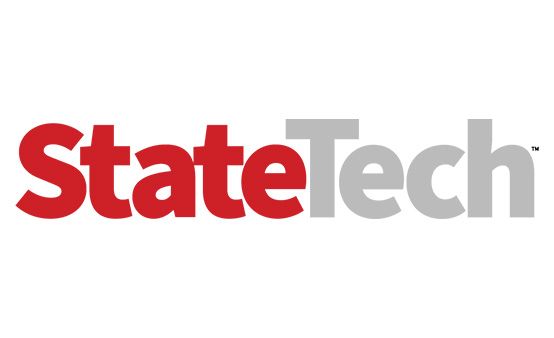Kyle, Texas, is using artificial intelligence to automate low-touch citizen requests, saving time for city employees to focus on more complex issues.
“We’ve applied Salesforce Agentforce across departments, including streets, utilities, code enforcement and administrative services,” says Assistant City Manager Jesse Elizondo. “Residents can now submit service requests, ask questions and get real-time updates through the app or website.”
Since its deployment in March 2025, the city has cut average resolution time nearly in half, from 4.37 days to 2.41 days.
“We’ve processed over 12,000 requests, with nearly 90% resolved on the first contact,” Elizondo says, “The system has already paid for itself by reducing inefficiencies, cutting manual work and helping staff stay focused on higher-value tasks.”
Click the banner below for insight into using AI for citizen services.
Multiplying Efficiency in a Quickly Growing City
Kyle has experienced rapid growth, expanding from fewer than 10,000 residents to nearly 70,000 in just over a decade, according to Elizondo.
“Our service delivery model hadn’t kept pace, as we had over 75 phone numbers, siloed systems and inconsistent resident experiences.” he says. “People were being passed around between departments, and staff lacked visibility into what was happening across the organization.”
Across the country, state and local governments are contending with declining revenues, less federal funding and retirement-ready workforces. For Kyle, AI will play an important role in helping the city do more with less.
“Agentforce gives us a way to do more with the same or even fewer resources,” Elizondo says. “AI handles repetitive or low-touch requests, which frees up staff to focus on complex, high-empathy issues.”
The platform also helps the city codify best practices, which makes processes more resilient to employee turnover.
“It improves institutional knowledge retention and makes onboarding smoother by embedding standardized workflows and access to a centralized knowledgebase,” Elizondo says.
Modernizing the ‘Backbone’ of Future Citizen Services
The deployment didn’t happen overnight and required some preliminary infrastructure enhancements.
“We had to centralize data to store structured and unstructured data, things like GIS files, PDFs and internal documents,” Elizondo says. “We ensured single sign-on for secure access, strengthened our network infrastructure and worked closely with our incredible IT team to build out integrations with existing systems.”
Data privacy and governance were also crucial to the success of the implementation and were prioritized up front.
“We defined clear role-based access, implemented internal guardrails for how data and AI responses are used and built transparency into the process,” Elizondo says. “We also monitor usage and maintain clear documentation of workflows to ensure that the system remains accurate and secure.”
Despite the work required, Elizondo says the initiative has set up the city for success in its future IT modernization efforts.
“It’s the digital backbone we’re building future services on,” he says. “We’re now planning to expand the system into permitting, inspections and asset management. Over time, we want residents to engage with city services as easily as they use apps in the private sector.”
Click the banner to sign up for the StateTech newsletter for weekly updates.
Clear Goals, Communication Are Key in AI Initiatives
Kyle’s success in deploying the new technology comes down to several factors: In addition to having clean data and well-defined policies, the city also had a clear vision.
“Start with the resident experience and work backward,” Elizondo advises. “Know what kind of outcomes you want to deliver and then design your platform around that.” Rolling it out in phases was also helpful zin preparing employees for the change.
Elizondo also stresses that AI is intended “to support staff, not replace them,” and that this message must be made clear to employees.
“Sharing the vision with the entire organization and having interdepartmental teams that truly believed and were excited about what we were doing made all the difference,” he says.














